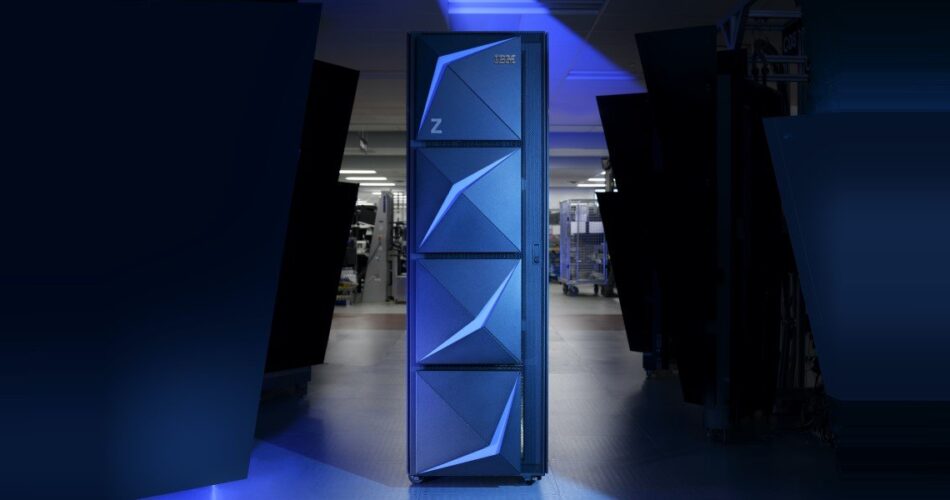IBM has confirmed that a new model of its Z Series mainframes will arrive “late in the first half” of 2022 and emphasised the new device’s debut as a source of improved revenue for the company’s infrastructure business.
CFO James Kavanaugh put the release on the roadmap during Big Blue’s Q4 2021 earnings call on Monday. The CFO suggested the new release will make a positive impact on IBM’s revenue, which came in at $16.7 billion for the quarter and $57.35bn for the year. The Q4 number was up 6.5 per cent year on year, the annual number was a $2.2bn jump.
Kavanaugh mentioned the mainframe because revenue from the big iron was down four points in the quarter, a dip that Big Blue attributed to the fact that its last mainframe – the Z15 – emerged in 2019 and the sales cycle has naturally ebbed after eleven quarters of sales. But what a sales cycle it was: IBM says the Z15 has done better than its predecessor and seen shipments that can power more MIPS (Millions of Instructions Per Second) than in any previous program in the company’s history*.
A new mainframe always brings a surge of revenue to IBM because plenty of clients are wedded to the systems and upgrades are therefore natural.
As our sibling publication The Next Platform has reported, the next Big Blue mainframe seems set to run silicon called “Telum” packs as 22.5 billion transistors, is built on a 7-nanometre process, and will be especially adept at handling AI inference workloads.
IBM uses that kind of power to lure new customers into its mainframe ecosystem. Big Blue also advances mainframes as excellent components of a hybrid cloud environment – the paradigm new-ish CEO Arvind Krishna said is IBM’s new focus on his first day in the job.
On the earnings call, Krishna said IBM clients are “eager to leverage hybrid cloud and artificial intelligence to move their business forward.” The new mainframe looks like it will tick both of those boxes.
While IBM investors wait for the new machine and its impact on Big Blue’s bottom line they can contemplate that Q4 saw software revenue rise eight per cent, consulting revenue climb 13 points, but infrastructure stay flat and hybrid cloud infrastructure revenue fall 12 per cent.
But overall hybrid cloud revenue jumped 16 per cent for the quarter and 20 per cent for the year, to top $20bn in sales.
Execs suggested robust storage revenue means IBM’s infrastructure portfolio is in fine shape, while Red Hat’s 21 per cent revenue rise shows the company has in-demand tools for buyers seeking IT automation, security, hybrid cloud, and cloud-native development tools.
Krishna suggested automation could be especially important to IBM, as he sees clients turn to it more often as the COVID-19 pandemic has seen many leave the IT workforce. He predicted the resulting skills shortages will persist throughout the 2020s. ®
*Yes, it may be a little odd to measure the success of a product in MIPS, as Moore’s Law means almost any new computing platform will deliver more MIPS than its predecessor.
Source link



